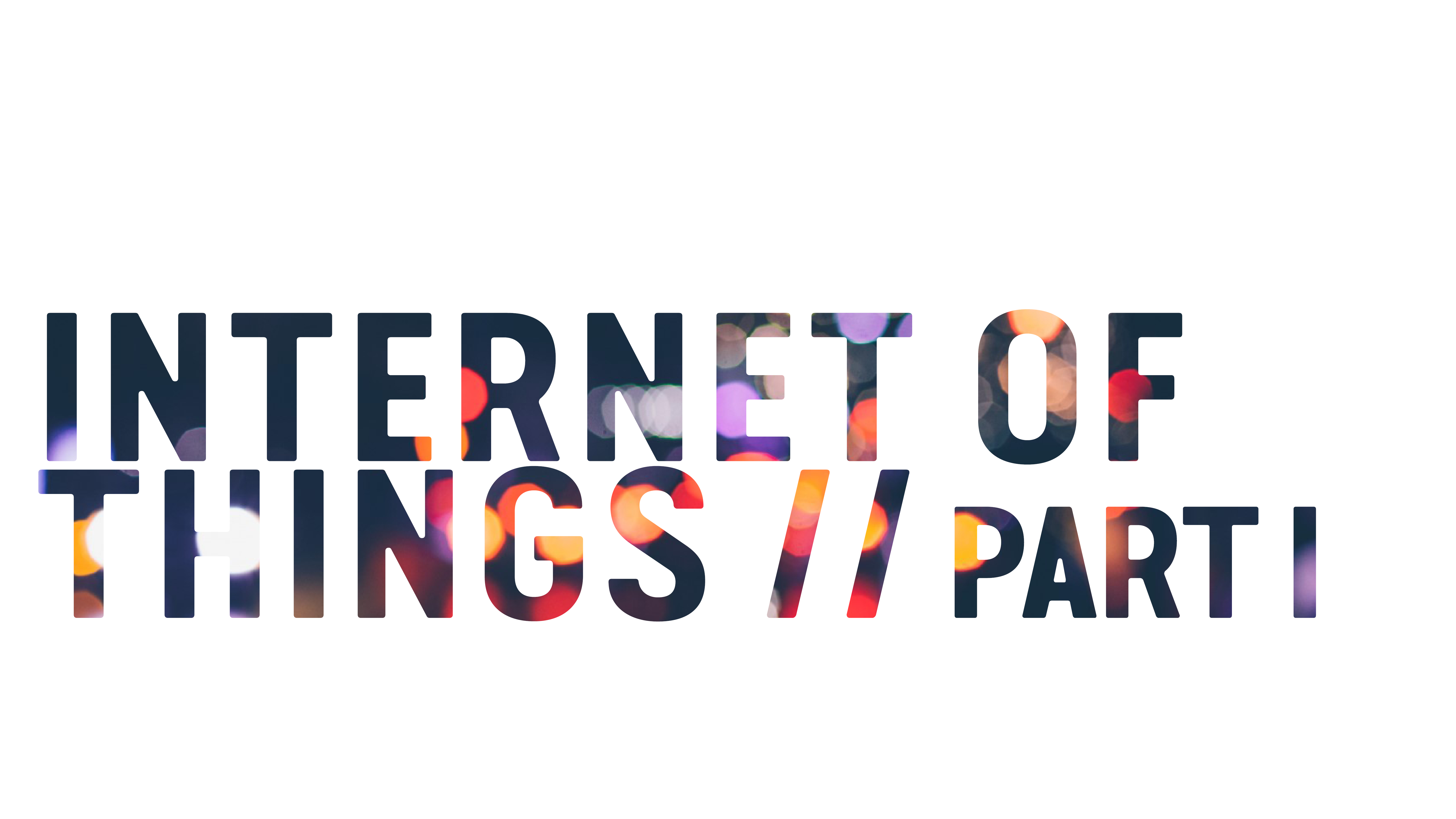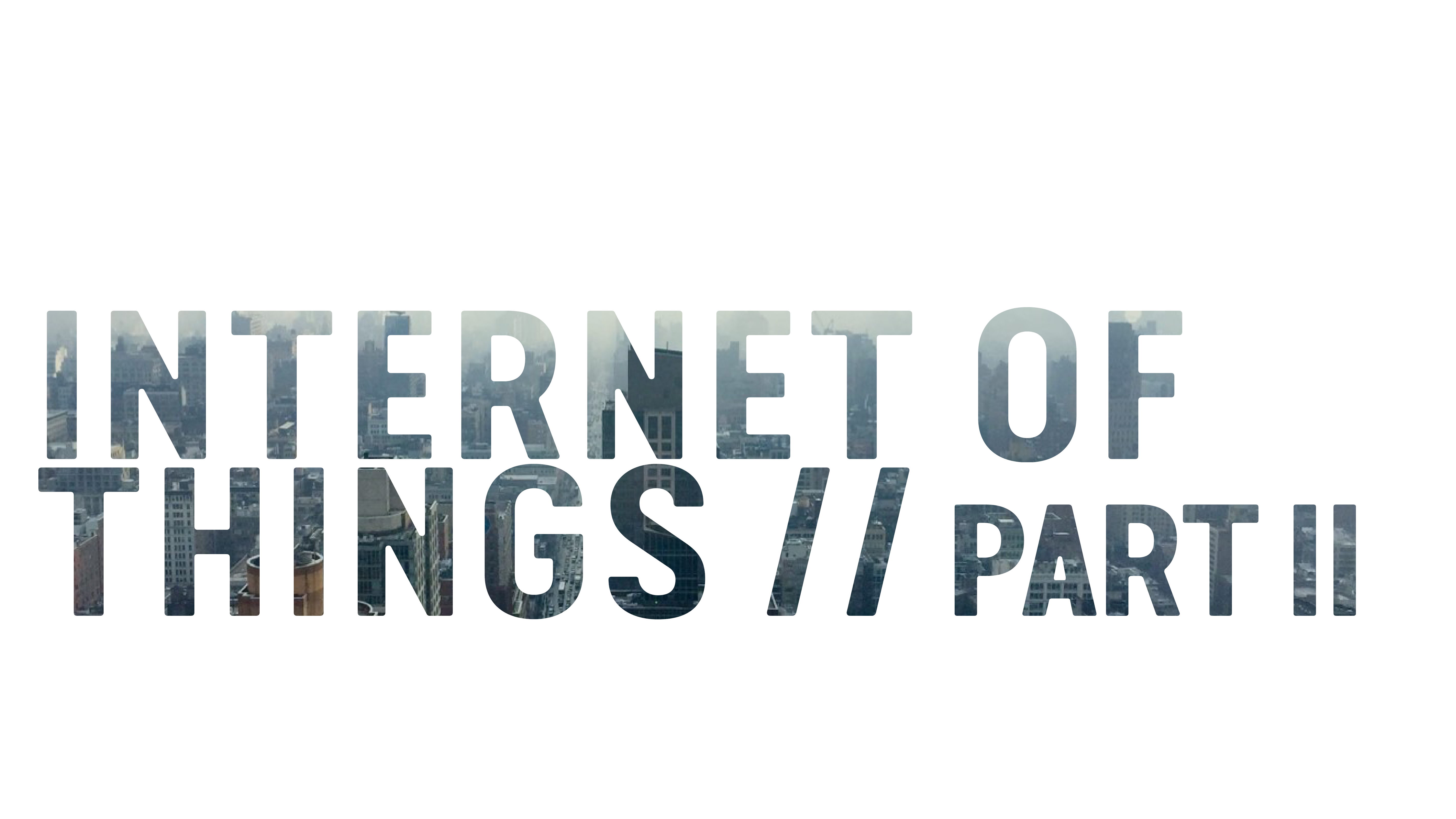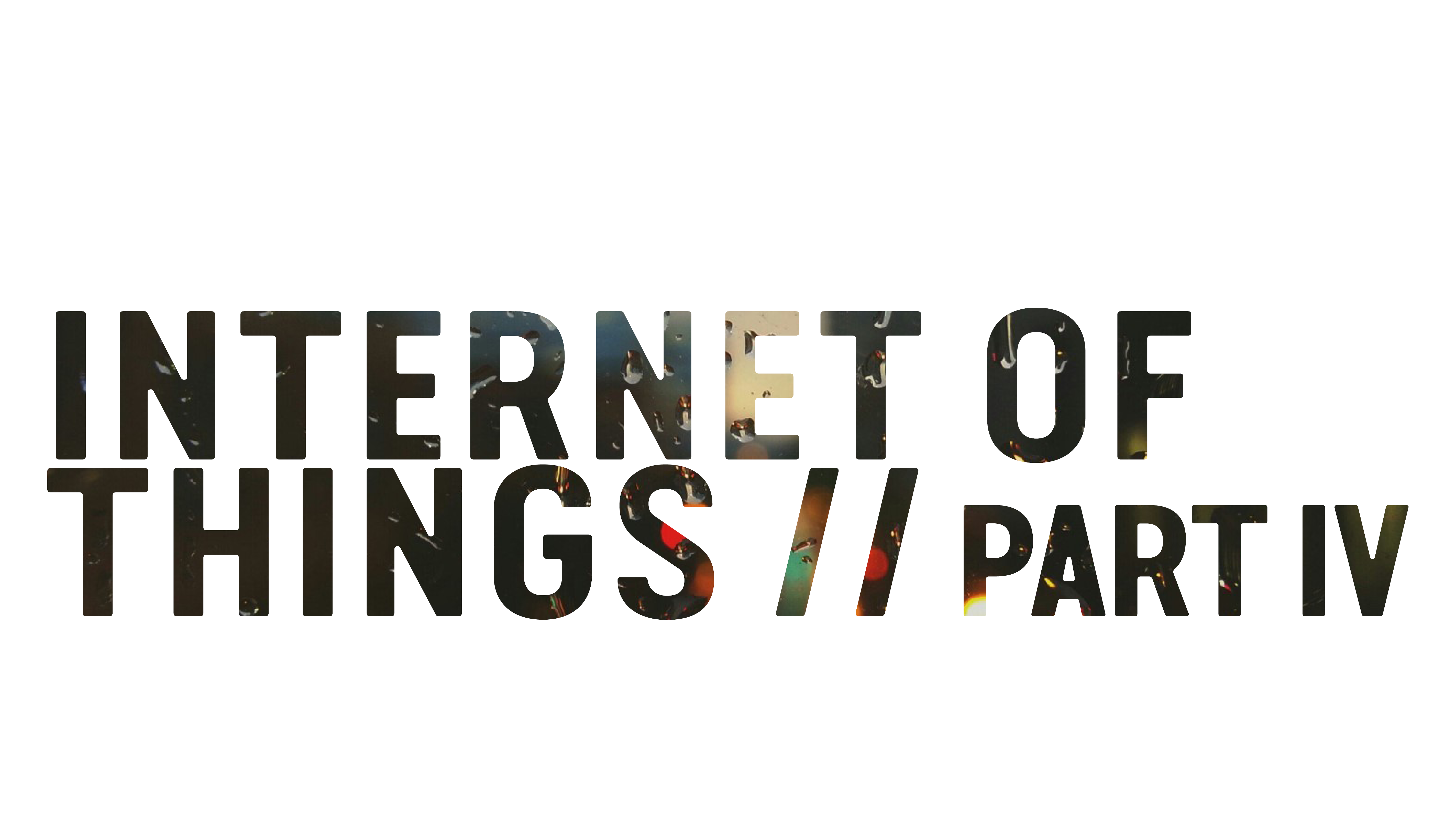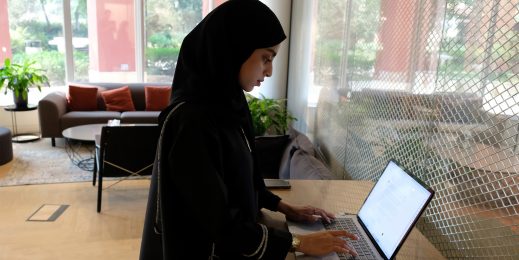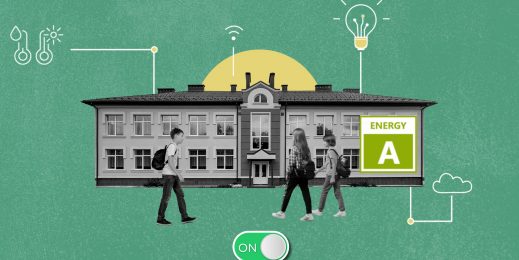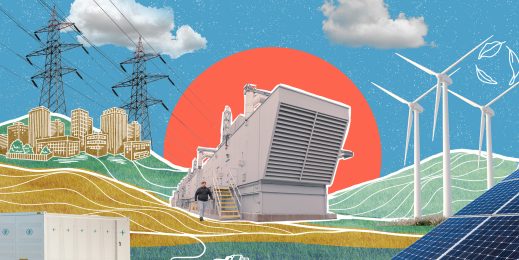
The technology backbone of IOT – what’s needed from a platform POV and how to think about it
As previously stated there is a tremendous opportunity created by the fourth industrial revolution and the technologies powering it such as ubiquitous connectivity, big data, analytics and the cloud which combines to enable the “internet of things” (IoT).
Already we are seeing organizations go “all-in” and accelerate. Examples include Schneider Electric and Rolls Royce who are pivoting today for the future. We are also seeing IoT projects having a material impact on society such as the example of a combination of partners coming together in Nigeria to transform lives by making electricity delivery more reliable through IoT.
What each of these organizations have in common is a recognition that their existing technology needed to be augmented to help them better leverage the opportunities of the future and deliver the new services and optimized experiences that will enable them to thrive.
In this vein, progressive organizations and governments have begun building a next generation digital software platform that is:
- able to span the IoT spectrum, from the things they want to connect to the actions they want to drive;
- able to provide the connectivity to communicate with the things in BOTH directions for the purpose of command and control;
- able to handle the data acquisition, storage and management of vast quantities of data at good speed and economically sensible and scaling price points;
- able to deliver a strong analytics underpinning that supports the very latest cognitive technologies as well as machine learning and statistical approaches to derive intelligence, foster usage and drive more educated business decisions and actions;
- able to enable the development of web, desktop or mobile applications and/or delivery of out of the box reporting;
- able to seamlessly support the connection to productivity, ERP and other SaaS applications to drive action and close the loop automatically;
- able, as a core priority, to deliver end-to-end integrated security. We live in a world where trust and privacy are paramount and the weakest link is often “add-ons” not originally designed to work together.
Let’s go deeper on a few of these important areas to consider when building a next generation digital software platform that is IOT ready:
IoT projects inherently need sensors on physical things monitoring and interacting with the physical environment via a digital twin. The most exposed parts of an IoT enabled digital software platform are often the physical things and specifically:
- the software running on the thing – how secure is it;
- how data is handled on the thing – how is it locally stored and securely transmitted;
- how secure exchange and execution of command and control is handled with the thing;
- how identification and authentication happens to prevent spoofing or other issues.
Security of any next generation digital software platform is paramount and there is much ground to cover. There is a helpful blog post on How Microsoft engineers for IoT security and you can read the whitepaper Securing Your Internet of Things from the Ground Up.
So called smart things are generally always connected, always on and always generating data. The incoming data requires ongoing evaluation to deliver the level of service people will expect and the amount of data will continue to grow.
This implies that the platform must be:
- universally accessible – things move. Your services need to keep working no matter what;
- secure and reliable – nothing will turn off the next generation more than lax security or poor reliability;
- able to scale quickly – you never know when the next “big” thing might hit. Look at “Pokemon Go”. Imagine if this was your service exploding into life. You need to ensure you can scale up and, when interest in that service wanes, scale down based on demand.
The only way to deliver that, unless you want to run huge budgets on non-value add in-house IT services, is through a cloud based approach which guarantees accessibility, reliability and speed.
 The next generation digital software platform must support end to end development and integration of systems of intelligence, which power these new smart “things” and their services. The platform needs to have the capabilities you need in one place pre-integrated. Time to market is critical, as is security, and patchwork integration is the brake and risk multiplier you cannot afford. The platform must also be agile and flexible so that you can change according to market shifts.
The next generation digital software platform must support end to end development and integration of systems of intelligence, which power these new smart “things” and their services. The platform needs to have the capabilities you need in one place pre-integrated. Time to market is critical, as is security, and patchwork integration is the brake and risk multiplier you cannot afford. The platform must also be agile and flexible so that you can change according to market shifts.
The idea of a next generation digital platform with such capabilities might sound dramatic but the opportunities it brings are huge. The next generation digital platform will provide the technical foundation to launch new companies and services or revitalize existing ones. But, where to begin?
Microsoft offers an IoT QuickStart Program with guidance on where to start. The program offers a real-world plan to suit unique needs you may have, focused on the issues you want to tackle and the services you want to deliver, so you can start transformation immediately and progressively. The end goal is clear but how you get there depends on many things in the local contextual environment.
In the next article I will discuss a little of how to get the enterprise ready for the shift and how to ensure they come along with you on the journey. Thanks for reading, and don’t forget to checkout Part I, Part II and Part IV by clicking the image below.
Mark Torr is responsible for Advanced Analytics and IoT for Microsoft across the CEE region. Mark brings over 20 years of experience working in the fields of Data Management, Analytics and Reporting with the majority of that spent in various senior roles at SAS. Mark has worked with customers throughout the world, and across all industries, helping them to see how they can transform data into a strategic asset through the use of Analytics and more recently various big data technologies. Mark is a TOGAF certified enterprise architect who holds a 1st class degree in Software Engineering from Hull University, England. He is well known in the field of analytics and big data having spoken on a wide variety of thought leadership topics at external conferences. He is an active blogger (www.marktorr.com), has over 13,500 Twitter followers (and was recently named at #85 of the top 100 Big Data Experts to follow on Twitter and at #62 of the top 100 IoT Experts to follow on Twitter) and is also very active on LinkedIn.










